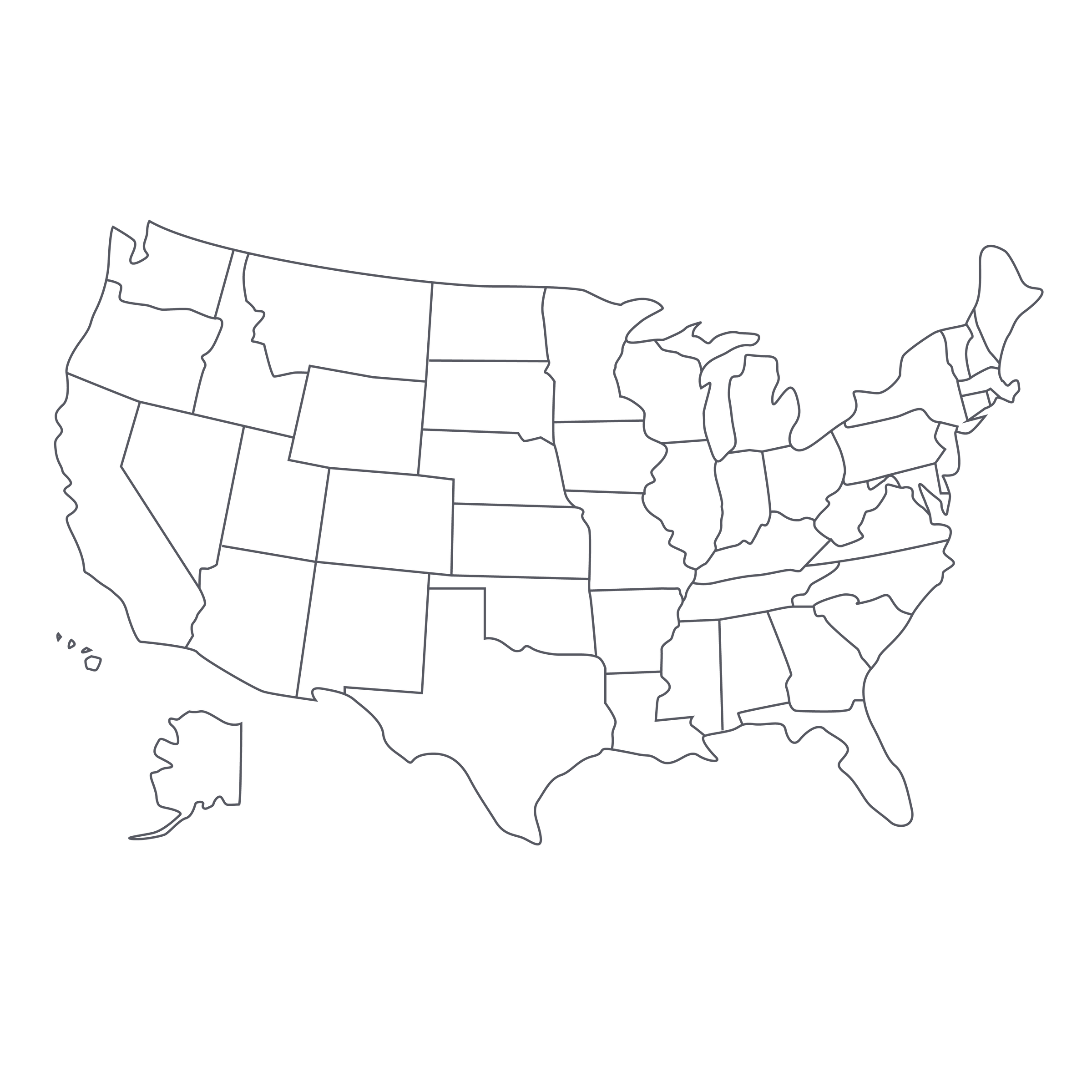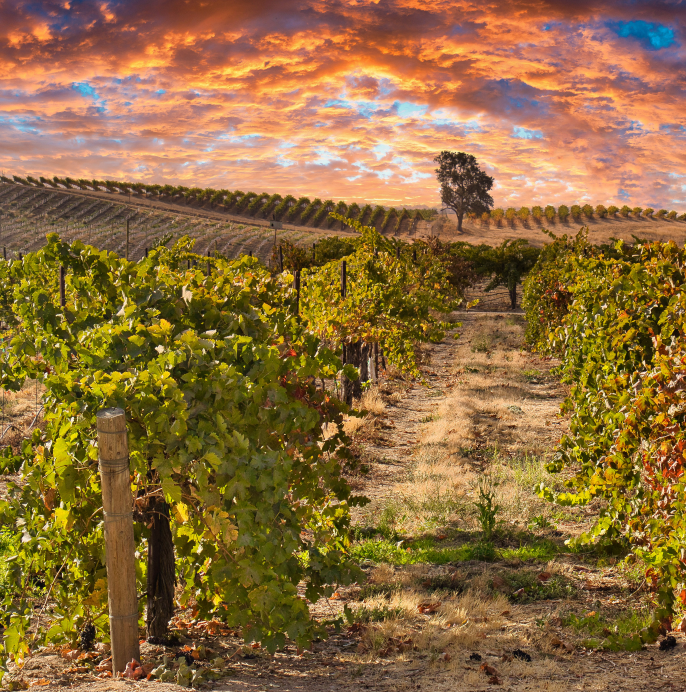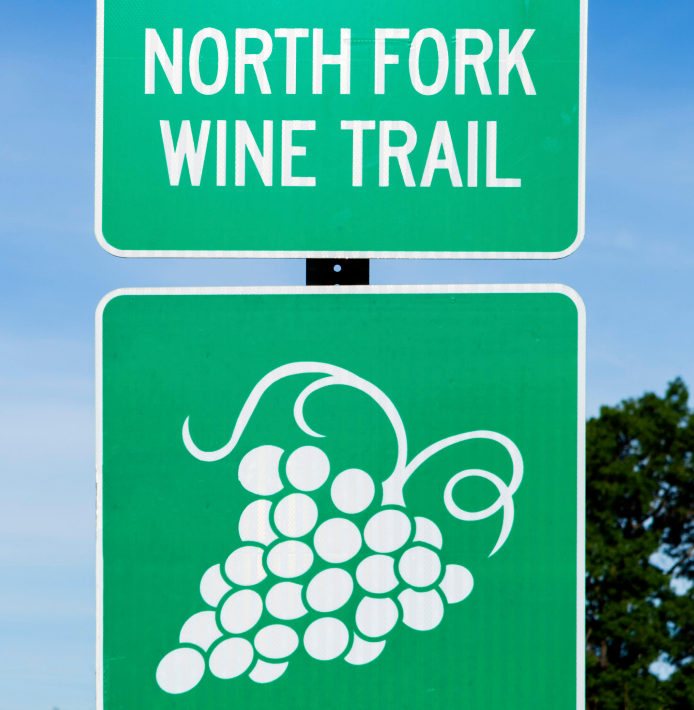In California, the ‘Sonoma Coast’ AVA (American Viticultural Area) has evolved into perhaps the most sought-after appellation in the state for refined, cool-climate Pinot Noir. It is certainly one of our first choices, but, as many of the region’s producers will tell you, there are many faces of the Sonoma Coast: the boundaries of the appellation stretch all the way from the San Pablo Bay to the Mendocino County border, and many vintners believe that this rather vast swath of Pacific coast should be broken up into smaller pieces.
At the southern end of the zone, for example, is the Petaluma Gap, where many of the vineyards aren’t especially “coastal” but nevertheless sit within a natural “wind tunnel” that flows inland from Bodega Bay—a Pacific influence that cools the climate and lengthens the growing season, delivering Pinot Noir with well-preserved acidity and aromatic complexity. Surely there are similarities here to some of the Sonoma Coast vineyards further north, particularly the most westerly ones within eyeshot of the Pacific, but ultimately, the Petaluma Gap—or, for that matter, the ‘West Sonoma Coast’—is its own thing. Vintners like Deb Mayo, maker of this exceedingly pretty Petite Abeille Pinot Noir, expect future labels to say ‘Petaluma Gap’ rather than ‘Sonoma Coast,’ but the breakup of the Sonoma Coast behemoth hasn’t happened yet. Nevertheless, this 2012 from Petite Abeille substantiates Petaluma Gap’s AVA ambitions, with genuine cool-climate soul and an intense, savory perfume with a touch of Old World charm (Morey Saint-Denis comes to mind). Only 343 cases were made, but Deb has made a barrel’s worth available to our subscribers—at this price, it’s one of the great values in boutique Pinot Noir. When you smell this wine, you will wish you had more.
Deb Mayo, who is both grower and winemaker, created Petite Abeille (“little bee”) in 2009, originally working in Russian River Valley. The vineyard source for this Sonoma Coast-designated wine is named Screeching Owl and sits between the towns of Petaluma and Cotati. Screeching Owl is planted to four different clones of Pinot Noir and, like most Petaluma Gap vineyards, sees dramatic day-night temperature swings of 40-50 degrees. Mornings typically start off cool and blanketed in fog, which burns off mid-day; the afternoons see the “wind tunnel” effect kick in, as cold Pacific air is sucked in from the west, bringing in another blast of fog. Soils are silty/sandy loam with some clay. As Deb notes, “It’s the perfect recipe for intense, but well-balanced, wines.”
She harvested the grapes for this 2012 at the beginning of October (relatively late for California), and used a healthy percentage of whole grape clusters (about 1/3 of the total harvest) in the fermentation. The wine went into French oak barrels for aging (30% new), for a total of 14 months.
In the glass the 2012 Petite Abeille is a translucent garnet with pink reflections at the rim, while the nose bursts with ripe fruit notes of rhubarb, cranberry, black cherry, raspberry, rose petals, and a kiss of smoky oak. The alcohol is very moderate and the acid is crisp and snappy—so often, California Pinots announce themselves beautifully on the nose, only to fall flat and flabby on the palate. Not here: That cranberry/raspberry tartness carries through to the aromatic finish, supported by notes of warm baking spices and a hint of wood smoke. It has freshness and backbone, and will make a great partner to food. Serve it at 65 degrees in Burgundy stems alongside this ultra-simple recipe for (hopefully wild, California-caught)
Salmon Roasted in Butter. This Pinot definitely has the finesse for fish. Enjoy!






